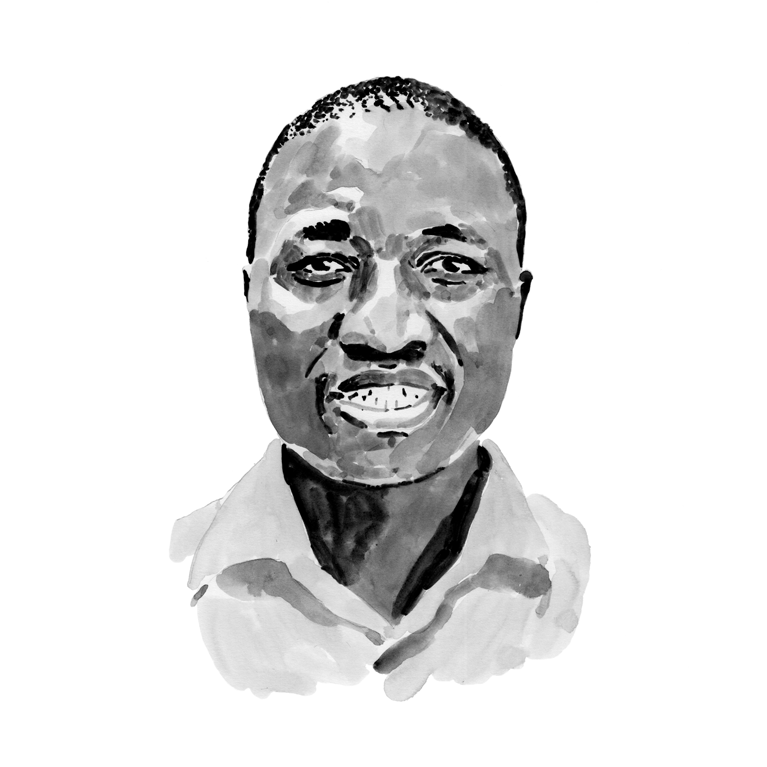Victor Alati

Who I am
I grew up in western Kenya about 30 kilometres (18 miles) from Lake Victoria. While growing up, I used to accompany fellow kids to fish near our rural home in one of the major rivers that drains into the lake. Over time, human encroachment and agricultural activities along the riverbank led to the river becoming narrower. This resulted in a reduction in the volume of water draining into the lake and a decline in fish populations. During that time, conservationists had begun to raise awareness countrywide about the need to conserve our river catchments since they were degrading.
When I went to university and chose to study for a BSc degree in applied aquatic sciences, I began to understand the importance of conservation. My interest in conducting innovative research to protect and conserve aquatic life increased when I joined CORDIO (Coastal Oceans Research and Development in the Indian Ocean) East Africa. After completing my MSc degree at the Vrije Universiteit Brussel (VUB) in Belgium, I joined the Kenya Marine and Fisheries Research Institute (KMFRI) as a research scientist. Currently I am pursuing my PhD in social anthropology at the University of Roehampton to understand what it means to be an artisanal fisher. My research at KMFRI focuses on understanding the local knowledge held by local communities, particularly fishers, and how the decline in fish species is affecting their livelihoods and source of protein.
Where I work
The Kenyan coast where I work extends about 600 kilometres (370 miles) from Kiunga in the north at the border with Somalia to Vanga in the south at the border with Tanzania. All along this coast, fishing is the main activity and coastal communities depend on it heavily as a source of protein and a means of earning a living. Overfishing, among other threats such as habitat loss and climate change, has led to a decline in many of the harvested fish species and even local extinctions, as well as the loss of livelihood for many dependent communities. The halavi guitarfish Glaucostegus halavi is one of the many exploited species that have undergone a decline due to overfishing. However, the historical baselines that can be used to infer long-term changes in population abundance and the potential disappearance of species are lacking in Kenya.
What I do
The proposed project will use Kenyan fishers’ local knowledge to reconstruct the population abundance of the halavi guitarfish. This will involve conducting interviews with active and retired fishers along Kenya’s coast regarding the species’ existence and abundance, as well as catch rates, sizes, sightings, spatial and temporal characteristics of fishing grounds, market, threats, cultural importance and conservation efforts. Moreover, workshops will be held with the wider community and beach management units, stakeholders, NGOs and fisheries management at each site to distribute and discuss the project’s findings and raise awareness about the vulnerability of the halavi guitarfish to local extinction. This will help to establish a historical baseline for this Critically Endangered species and to support evidence-based management.
